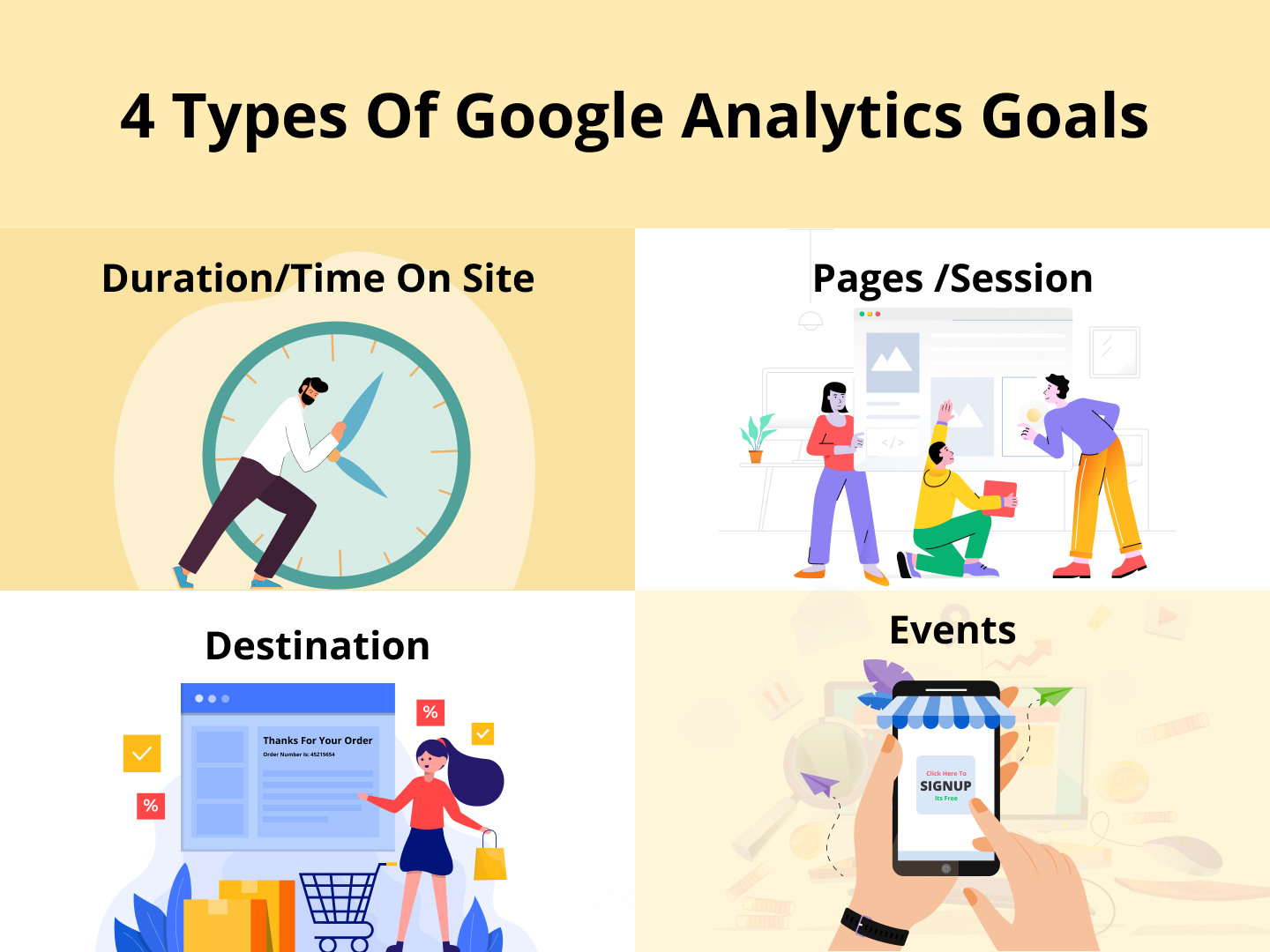Trick Insights on What Data Is Google Analytics Goals Unable to Track
Discover the Limitations of Google Analytics Goals: Introducing the Information Types That Remain Untrackable
As businesses increasingly depend on data-driven decision-making, comprehending the limitations of devices like Google Analytics ends up being extremely important. While Google Analytics Goals deal important understandings right into user interactions, there exist data kinds that thwart monitoring, posing obstacles to a detailed understanding of user habits.
Incomplete User Journey Tracking
Incomplete customer trip tracking within Google Analytics can prevent the capability to precisely evaluate customer habits. When the user journey is not completely tracked, there are voids in the data that prevent a thorough understanding of how individuals communicate with a web site. This absence of insight can cause missed possibilities for optimization and enhancements to the customer experience.
One usual concern with incomplete individual trip monitoring is the lack of ability to see the complete course that users take before finishing an objective or leaving the website. Without this details, it is challenging to determine where individuals might be experiencing challenges or friction points that prevent them from converting. In addition, incomplete monitoring can cover the influence of certain marketing initiatives or site modifications on individual behavior.
To address this constraint, it is essential to establish proper tracking devices within Google Analytics to catch the whole user trip. This might include establishing occasion monitoring, objective funnels, or utilizing devices like Google Tag Manager to make certain that no crucial communications go unrecorded. By acquiring a thorough sight of the individual journey, internet site owners can make even more enlightened choices to enhance customer interaction and drive conversions.
Acknowledgment Difficulties
Navigating through attribution challenges in Google Analytics needs a comprehensive understanding of how various touchpoints add to the general conversion process. Attribution difficulties develop from the intricacy of modern consumer journeys, where customers communicate with multiple channels before transforming. Google Analytics supplies various acknowledgment models like initial touch, last touch, and direct, each offering a different perspective on how credit history is designated to touchpoints along the conversion path. These models may not constantly accurately reflect the true impact of each touchpoint on the conversion.
One typical attribution challenge is the difficulty in connecting conversions to the proper resource, especially in instances where individuals connect with several channels prior to converting. In addition, cross-device tracking postures an additional attribution challenge, as customers usually switch between devices during their trip, making it testing to track their communications flawlessly.
Offline Conversions
Given the difficulties associated with associating conversions precisely in online channels, the measurement of offline conversions presents a substantial opportunity for marketers seeking a more detailed understanding of their consumers' trip. Offline conversions refer to actions that consumers take in the physical globe, such as making purchases in brick-and-mortar shops or over the phone, attending occasions, or engaging with printed products - what data is google analytics goals unable to track. These conversions are vital for businesses that operate both online and offline, as useful content they supply important insights into the efficiency of advertising and marketing projects throughout different touchpoints
Tracking offline conversions traditionally positioned a significant challenge for marketing experts, as it was testing to connect these activities back to certain on-line interactions accurately. Nevertheless, with innovations in modern technology, such as the combination of CRM systems, one-of-a-kind identifiers, and discount coupon codes, organizations can now link the gap in between online and offline information to gain a more holistic view of customer behavior. By properly measuring offline conversions, online marketers can optimize their strategies, assign resources much more successfully, and ultimately boost the overall consumer experience.
Cross-Device Tracking
Cross-device monitoring plays a critical duty in comprehending the interconnected nature of customers' electronic interactions throughout several devices. In today's omnichannel world, where customers seamlessly switch over between desktop computers, tablet computers, and smartphones, tracking their behavior throughout these gadgets is important for marketing professionals to get a comprehensive view of their client journey.

Moreover, personal privacy worries and laws such as GDPR and CCPA have additionally complex cross-device tracking. With users requiring even more control over their information and boosted restrictions on tracking innovations, marketers must discover privacy-compliant and ingenious ways to link individual communications across devices.
Dynamic Material Involvement
Recognizing user interaction with dynamic web content is pivotal in optimizing digital marketing methods for boosted target market communication. Dynamic material refers to website elements that alter based upon user habits, choices, or other factors, supplying an individualized experience. Tracking customer communications with vibrant web content positions challenges for standard analytics devices like Google Analytics.
While Google Analytics can track fundamental interactions like clicks and page views, it might struggle to record even more nuanced engagements within vibrant web content. what data is google analytics goals unable to track. Metrics such as time spent on details dynamic aspects, float actions, or communications within pop-ups are usually not conveniently measurable making use of basic tracking techniques. This restriction hinders marketers' capability to fully realize how individuals are involving with vibrant web content and tailor their approaches as necessary

Conclusion
To conclude, Google Analytics objectives have constraints in tracking insufficient individual journeys, connecting conversions precisely, recording offline conversions, tracking cross-device interactions, and measuring dynamic material engagement. These restrictions highlight the importance of discovering extra tracking approaches and tools to obtain an extra extensive understanding of customer behavior and conversions beyond what Google Analytics click site can give.
While Google Analytics Goals offer important understandings into user interactions, there exist information types that elude monitoring, presenting obstacles to a detailed understanding of individual behavior.Insufficient individual journey tracking within Google Analytics can hinder the ability to precisely examine user behavior. When the user trip is not totally tracked, there are gaps in the data that Discover More Here avoid an extensive understanding of how customers interact with an internet site.One usual issue with insufficient user journey monitoring is the failure to see the full course that individuals take previously finishing an objective or leaving the site. By getting a thorough view of the user trip, internet site owners can make more educated choices to boost user interaction and drive conversions.